
We live in the era of change. Modern, innovative approaches are present in every major field, including education. Nowadays, things are even more confusing for the students; there are so many paths they could take that it’s becoming overwhelming!
Choosing the correct path becomes more accessible when you have the right tools at hand. Today, the student’s success is mainly in the hands of the teacher. That’s why tutors become more and more interested in achieving technological skills, as statistics show it. A study conducted by CASBO confirms that 91% of teachers have computers in their classroom and 43% of teachers have used online games in the classroom.
This is the digital era – thus, mobile technology trends in education focus more and more on leveraging the power of the digital marvels Now let’s dive into the top trends in education 2018. Take a look, and tell us what you think!
1. Virtual initiatives Present in Schools
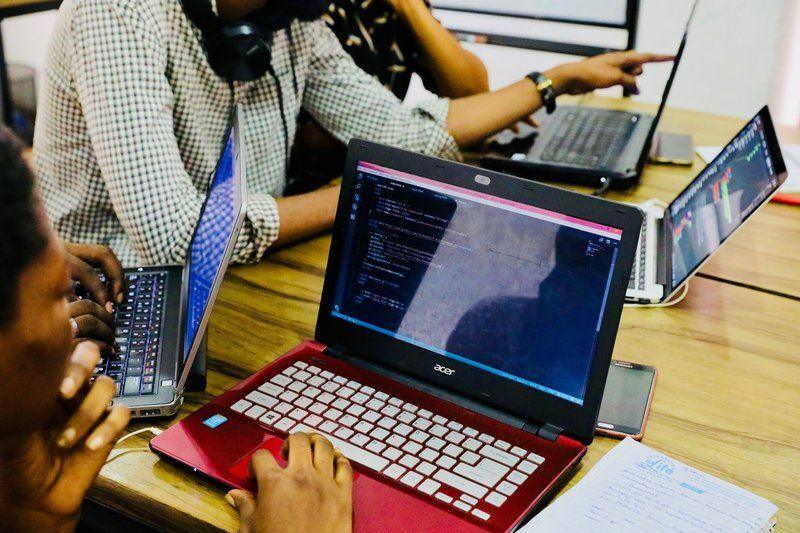
The online market is in continual development, with schools not being an exception. One of the trends shaping education is migrating more and more classes in the cloud. Such online education trends introduce live lessons, comprised of theoretical basis, live exercises and Q/A sessions. Twelve elementary and primary schools, and over 20 secondary and high schools across Australia are following these technology trends in higher education. This provides easier access to courses to remote students, and makes it more comfortable for on-site students to attend the classes they’ve missed and to further ‘polish’ their skills.
Another one of the current educational trends in Australia is e-learning, under the form of the Australian Flexible Learning Framework, which brings online courses to every individual who wants to learn new things. This is part of the so-called executive education trends in 2018.
2. Internships Are Becoming the Platform for Academic Careers

As Aesop, a famous Greek philosopher, once said, ‘Implementation beats oration’. Although we are 26 centuries late, we see that many of the social trends in education and especially trends in higher education are based on the words of this long-gone thinker.
More and more high schools and universities incorporateinternships in their curricula. This not only provides the to-be interns with hands-on experience in their future field of work, but also creates a start point for their careers.
As stated by Forbes Magazine, 60% of the internships will turn into a job offer. Moreover, the internship lifts a bit of the pressure off the universities and high schools, which can’t accurately provide the so-much-needed experience in the field of work to their students.
3. Encompassing Trauma-Informed Practices
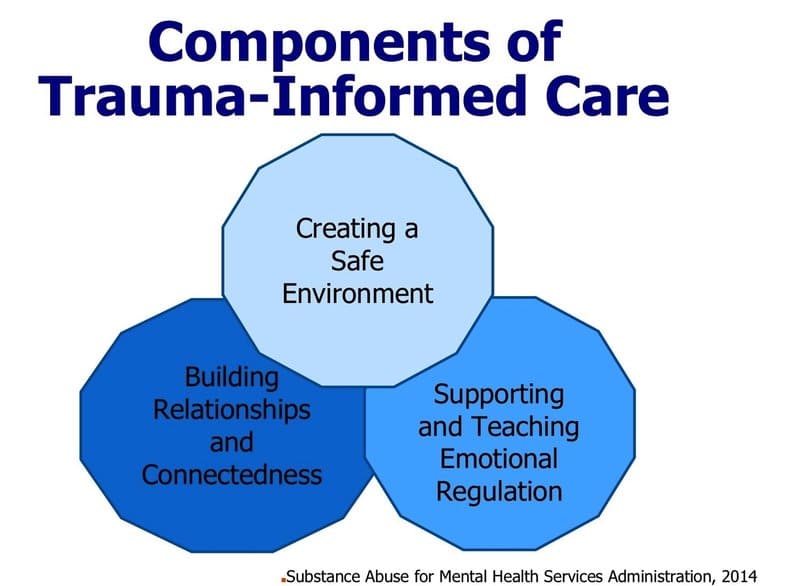
Children might have problems accommodating with their school life, learning to socialize well, and immersing in the educational program’s curriculum. A study at www.nctsn.org claims that approximately 25% of American children will experience at least one traumatic event by the age of 16.
The schools are meant to educate a child, not only to provide information in large quantities. Current trends in elementary education take in consideration the psychological well-being of the pupils, and aim to provide them with support when needed. Unfortunately, providing support is not enough, so some social trends in education also encourage children to reveal their problems, since admitting you have a problem is the first step towards solving it.
4. No More Homework

How long is a school week? 25 hours? 30 hours? What if we told you that it could get up to 45 hours? That’s more than an adult’s workweek. The thing is that although our kids only spend 4-6 hours/day at school, their homework eats up most of their ‘free-time’. This leads to the kids being tired, and not having time for other activities, such as sport, hanging out with friends, and so on and so forth.
For example, newest trends in higher education in Finland has removed the word ‘homework’ from the children vocabularies, and for a while now, has shown exceptional numbers in terms of high-school graduation and college admission. Frankly, more and more schools are following these current trends in elementary education, focusing more and more on the children education per say, not on their results.
Other Finnish trends shaping education focus on little to none standardized tests, and no assessments for the first four years of a pupil. These practices aim to lift the pressure off the child and let it focus on becoming a better person, rather than a walking encyclopedia.
5. A Game-Based Curricula
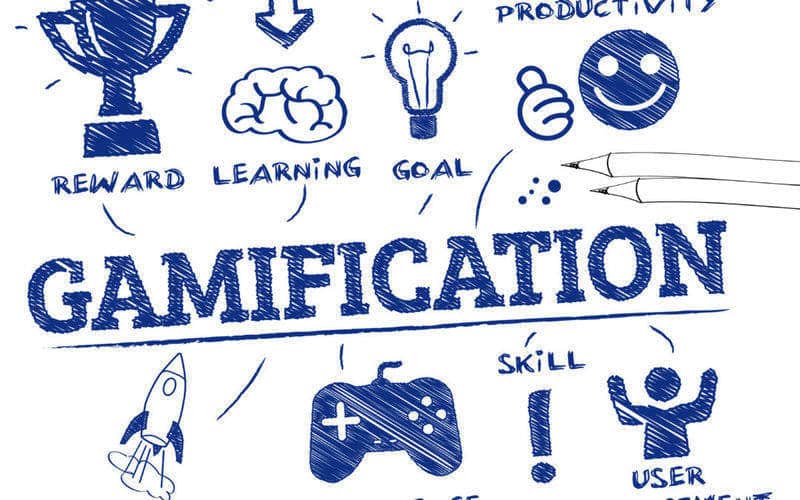
One of the recent trends in educational technology is bringing games inside the curricula. Since children are known for getting bored quite fast, this technique ensures that the attention of the kids is focused towards the theme at hand.
‘Gamification’ has been a part of the modern trends in physical education, which suggests that traditional exercises should be replaced by various games and sports. Among the advantages brought by these practices, we can see the development of problem-solving skills, team-play, and competitive thinking. These trends also embrace the idea of educational video games (such as puzzles, word games, etc.), which can be easily distributed and played on the mobile devices as well.
6. Internationalization Strategies Gain Ground

Lately, higher education institutions have made their offer much more attractive for international students. Some of the higher education trends comprise the idea of globalization, which embraces diversity and helps local students experience different cultures without having to move away from home.
In addition to that, this strategy of making an university or college more foreigner-friendly also increases its popularity abroad, which can be seen as free advertising.
7. Learning to learn
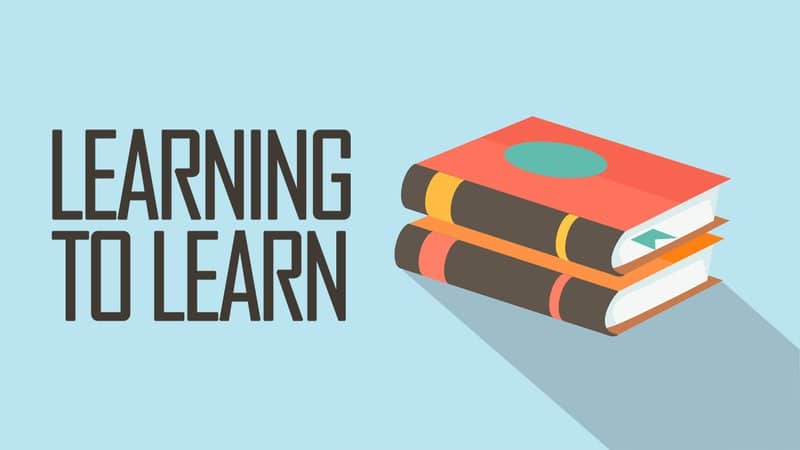
Executive education trends, education market trends and trends in business education are embracing a crucial idea now: learning to learn. Many teachers, researchers, and managers have concluded that it’s not worth putting a lot of effort into learning if you don’t know how to.
With that in mind, many universities, colleges, and even companies came up with courses and lectures on how to help students learn better. These courses focus on exercises and techniques that help students and employees learn more attractively and efficiently. Some of these techniques include:
- Crossover learning, which is learning subjects from different fields that are connected to each other
- Context-based learning, which means learning from examples and the context in which the information/facts are present
- Incidental learning (unplanned or unintentional learning), which occurs without planning on learning the given subject, but is rather a side effect of some other activity
8. Becoming Green

Among the current trends in environmental education and higher education industry trends is the concept of becoming ‘green.’ The idea that our planet is slowly dying is finally taken seriously. Many schools and companies encourage their employees and students to try and have an eco-friendlier way of living. Some of them even offer courses regarding environmental education and how humans affect the nature around us. Others create or sponsor ecological activities, such as cleanups, ‘earth-hour’-like events, bike-to-work day and so on.
Current educational trends in Australia try to embrace these ideas, and show openness to the new policies.
9. Constantly Moving
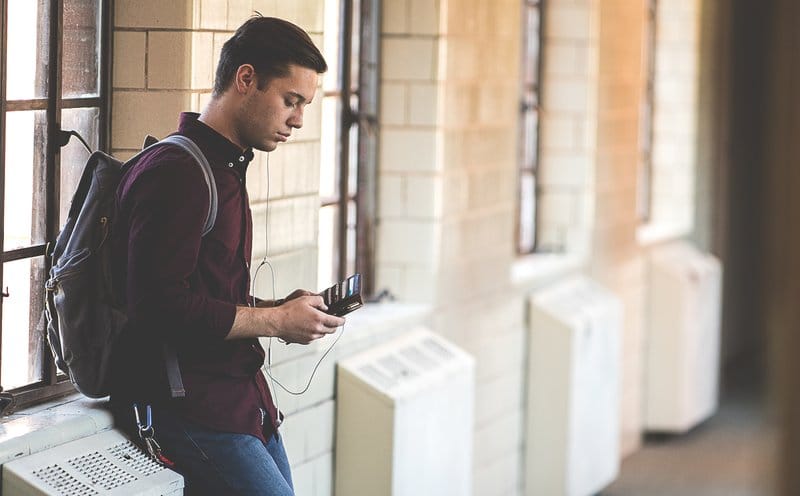
Trends in technology education and, to be more precise, mobile technology trends in education are trying to incorporate the idea of ‘to-go’ learning. The idea is that many people lose a lot of time on their daily transportation, time which, experts say, could be leveraged towards learning. Following this direction, a lot of mobile developers released a multitude of learning apps for mobile devices.
These apps range can teach you another language, increase your programming skills, problem-solving skills, or even improve your memory and reflexes. The basis of this successful idea comes from two key points:
- Leveraging the wasted time and
- Providing the learning experience under the mask of games, which, of course, come with achievements, leaderboards, progress tracking and reminders.
Another advantage of mobile learning is the fact that, well, it’s mobile. Compared to ideal teaching scenarios, the student is no longer tied to a place, and has fewer excuses as to why he or she is not learning. Future trends in education suggest the idea of online classes that can be attended straight from your mobile device, and even the possibility of tests and exams being taken remotely.
10. The Future is Now
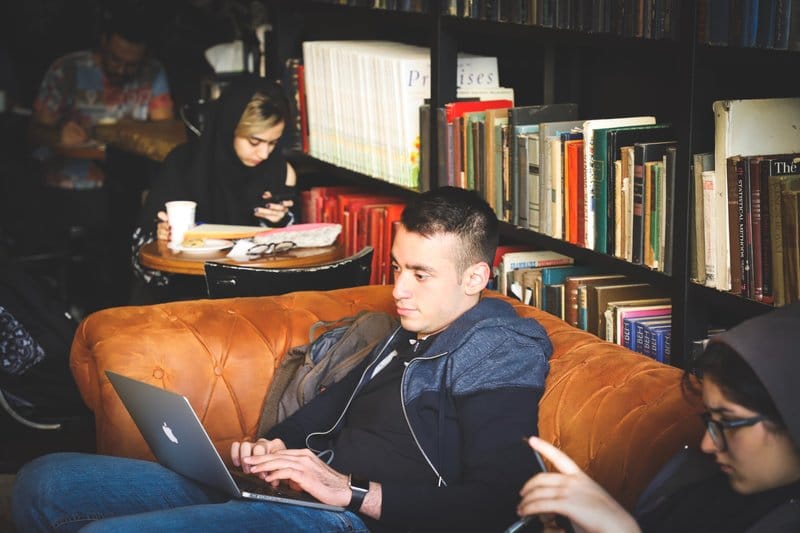
All higher education trends in educational technology have one thing in common: personalization. At first, the way of achieving this customized experience for every single individual seemed impossible. Now, due to the complex deep learning algorithms, and the computational power of the modern devices, this problem is slowly fading away.
Today, computers have the ability to analyze a human being and inference not only his or her needs but also the learning model that is best suited for them. For this concept to work, an increasingly popular learning technique is needed: bite-sized support resources, one of the newest trends in technology education.
Bite-sized support resources are short, concise pieces of information aimed to solve small, unit tasks. So, after the model is created, the correct ‘bite-sized’ resources are brought together to materialize that computed model. This system is still only implemented at top universities; because of that, it is currently visible only in recent trends in educational technology. However, in a few years’ time, we might have our learning plan developed by our PC.
Wrapping Up
Trends in education 2018 show us that education has started to exponentially expand its horizons. Teachers are thinking outside the box now, having a continuous desire to improve their technological qualities. Eco-friendly programs are the new trend, with homework being dismissed more and more often. Stay tuned for this year’s online novelties!












